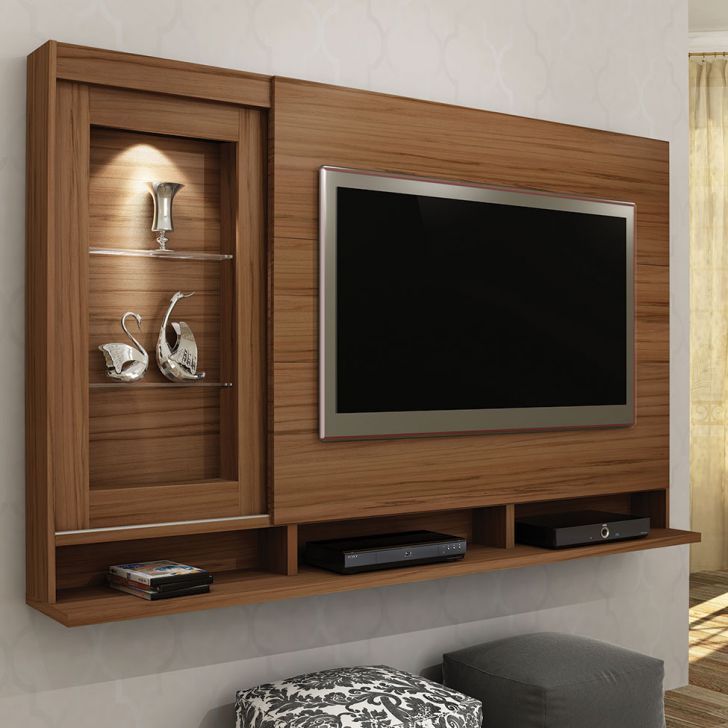Knowledge, Information and Experience
Television (TV), sometimes shortened to tele or telly, is a telecommunication medium used for transmitting moving images in monochrome (black and white), or in color, and in two or three dimensions and sound. The term can refer to a television set, a television program (“TV show”), or the medium of television transmission. Television is a mass medium for advertising, entertainment and news.
Etymology:
The word television comes from Ancient Greek τῆλε (tèle), meaning ‘far’, and Latin visio, meaning ‘sight’. The first documented usage of the term dates back to 1900, when the Russian scientist Constantin Perskyi used it in a paper that he presented in French at the 1st International Congress of Electricity, which ran from 18 to 25 August 1900 during the International World Fair in Paris. The Anglicised version of the term is first attested in 1907, when it was still “…a theoretical system to transmit moving images over telegraph or telephone wires”
History:
Mechanical – Facsimile transmission systems for still photographs pioneered methods of mechanical scanning of images in the early 19th century. Alexander Bain introduced the facsimile machine between 1843 and 1846. Frederick Bakewell demonstrated a working laboratory version in 1851.
Electronic – In 1897, English physicist J. J. Thomson was able, in his three famous experiments, to deflect cathode rays, a fundamental function of the modern cathode ray tube (CRT). The earliest version of the CRT was invented by the German physicist Ferdinand Braun in 1897 and is also known as the “Braun” tube.
Color – The basic idea of using three monochrome images to produce a color image had been experimented with almost as soon as black-and-white televisions had first been built. Although he gave no practical details, among the earliest published proposals for television was one by Maurice Leblanc, in 1880, for a color system, including the first mentions in television literature of line and frame scanning.
Digital – Digital television (DTV) is the transmission of audio and video by digitally processed and multiplexed signals, in contrast to the totally analog and channel separated signals used by analog television. Due to data compression digital TV can support more than one program in the same channel bandwidth.
Smart TV – The advent of digital television allowed innovations like smart TVs. A smart television, sometimes referred to as connected TV or hybrid TV, is a television set or set-top box with integrated Internet and Web 2.0 features, and is an example of technological convergence between computers, television sets and set-top boxes. Besides the traditional functions of television sets and set-top boxes provided through traditional Broadcasting media, these devices can also provide Internet TV, online interactive media, over-the-top content, as well as on-demand streaming media, and home networking access. These TVs come pre-loaded with an operating system.
3D – 3D television conveys depth perception to the viewer by employing techniques such as stereoscopic display, multi-view display, 2D-plus-depth, or any other form of 3D display. Most modern 3D television sets use an active shutter 3D system or a polarized 3D system, and some are autostereoscopic without the need of glasses. Stereoscopic 3D television was demonstrated for the first time on 10 August 1928, by John Logie Baird.
Tags: Be Giver










